Palmetto Bluff Real Estate Company Sales Office
Office Hours
Monday-Friday 9am - 5pm
Saturday 9am - 4pm
Sunday 12 - 4pm
Saturday 9am - 4pm
Sunday 12 - 4pm
“Look over there! They’re coming toward us!” Fuzzy exclaimed as I whipped my head around toward his pointed finger and tried not to get tangled in the yards of fly fishing line at my feet. “See that V? That’s a push. That’s what I’m talking about!”
I squinted my eyes at the glassy blue waters of Skull Creek, a tributary of the Calibogue Sound and a little sister of the May River, and noticed the water ripple in a shallow v-shape. I looked over at Fuzzy, and he was about jump out of his skin with excitement. He deftly arranged the fishing line, took it in his left hand, and then quickly extended his right arm slightly behind his shoulder, swiftly casting the fly rod backward and then forward so that the line made a beautiful, graceful arch as it flew through the air and softly landed in the water. “Now, we wait,” Fuzzy said.
When I pitched the idea of doing a “beginner’s guide to fly fishing” as a story for The Bluff, I never thought it would be so confusing or so difficult. I’m not a natural sportswoman by any stretch of the imagination, but I usually can follow at least some directions. But what happens when directions are not enough? How do you learn something that you have to feel to know how to do? How do you learn a skill that when, honed over time and done correctly, is the equivalent of an artist at work? How do you learn an art? That, I quickly learned, is both the beauty and frustration of fly fishing.
Day One
If you don’t know of him already, Fuzzy Davis is a bit of an institution in these parts. Although he originally hails from Tennessee, he is as synonymous with the Lowcountry outdoors as pluff mud and good, salty oysters. Fuzzy has fished the waters in and around the Bluff for over 25 years, and he intimately understands the abundant marine wildlife unique to the Lowcountry. He’s as salty as, if not saltier than, those good May River oysters.
Fuzzy was thrilled when I asked him to show me the fly fishing ropes around the Bluff, and we set a date to traverse the saltwater and freshwater fisheries in the area. Our first outing was on Skull Creek, a great place to catch redfish in the winter, according to Fuzzy. In lower tide, the redfish congregate for protection against the bottlenose dolphin, staying in shallow water so they can quickly escape the pesky dolphin. What they can’t escape, hoped Fuzzy, is our strategically-cast fly.
After we reached the cozy little cove selected by Fuzzy for its teeming wildlife, Fuzzy picked up a fly rod, attached a brown, fuzzy fly to the end of the line, and then stepped to the bow of the boat. “Learning how to cast is similar to learning to drive. Just remember, ‘10 and 2’,” Fuzzy said. “Imagine a big clock in front of you. You will cast the rod forward at ‘10,’ and backward at ‘2.’ ‘10 and 2,’ ‘10 and 2,’” he said as he masterfully cast the rod forward and back, making the delicate line fly overhead in an elongated S-shape. He let the line extend its full length backward one more time before forcefully, yet gently, casting the line forward and letting the fly land softly on the surface of the water.
Fuzzy made it look so easy.
“All right, you’re up!” he exclaimed, as he and his eyes smiled at the same time. I joined him on the bow, took the rod, and froze.
This rod is pretty heavy, I thought to myself. And, more importantly, how on earth do I get the line to fly so smoothly and swiftly through the air without getting it hooked on my head? My mind continued to buzz with questions, but Fuzzy’s good nature comforted me enough to give it a try.
Fuzzy said we would practice a roll cast first, to help me get the fly and line out of the water by rolling the line forward. With the pole in hand, Fuzzy guided my arm backward and then forward very quickly and vigorously, which caused the fly on the line to roll forward with a fast flick. We did it again, and then I saw what he meant about getting the line going; it was suddenly airborne.
“Now remember,” Fuzzy excitedly instructed. “10 and 2! 10 and 2!” I fumbled with the rod, awkwardly whipping it to and fro in a semblance of what I thought was ‘10 o’clock’ and ‘2 o’clock.’ The fly flopped sadly in the water, and Fuzzy and I both began to laugh. “Don’t worry,” Fuzzy said kindly, “I’ve never gotten out here and had someone new to this cast a perfect cast.”
I continued to practice casting, repeating “10 and 2,” “10 and 2,” over and over to myself. My arm was getting tired, and the misty weather closed in on us. But then I began to feel it; the slight snap of the line when it extended fully at ‘2 o’clock,’ and the same subtle catch of the line when it straightened completely forward. “That’s it! That’s it!” Fuzzy was practically jumping, so pleased with my progress. I looked around at the white blanket of fog covering the murky Lowcountry marsh and thought to myself, Well, this is kind of fun though.
%GALLERY%Day Two
Armed with the information from my first fly fishing lesson and the thirst to learn more, I set out with Fuzzy on another excursion, this time in the sparkling blue waters of Palmetto Bluff’s inland waterway system. Fuzzy’s smile was wider than ever as we cruised in the electric boat from Cove Park in the River Road neighborhood towards a series of quiet coves.
“This waterway is really a hidden gem,” Fuzzy remarked as he took in the scenery. “The way it was created has so much structure, perfect for fishing.” ‘Structure,’ I learned, is an important aspect of fishing. The fish are attracted to structure as opposed to open water, and the manner in which the Bluff’s inland waterway was created kept structure at the forefront of its development for that very reason.
We wound around a beautiful corner of land with two giant live oak trees, Spanish moss dangling from their branches, waving gently
in the breeze as it so often does at Palmetto Bluff. “Yep, this cove is lookin’ real fishy to me,” Fuzzy said as he shut off the motor. Fuzzy got his fly rod, stepped to the bow of the boat and began casting.
He talked as he cast: “Imagine you have a paintbrush in your hand, and before you let the paint go onto the canvas, you flick your wrist like you are dotting the canvas. Like you are Jackson Pollock,” Fuzzy said. His arm movements were smooth, rhythmic, like a clock pendulum, back and forth, back and forth, the line swirling overhead, simply along for the ride.
When it was my turn to begin casting, he gave me a longer rod and a lighter fly than I had used on our first day. The longer rod was lighter and easier for me to maneuver, and according to Fuzzy the bass in the waterway like lighter flies. I attempted two roll casts, and then mimicked Fuzzy’s artistic rod strokes and imagined I was Jackson Pollock, dotting my canvas in search of fish. My arm was getting tired again, but I was beginning to understand what felt right and what felt wrong. There isn’t much difference in what a good cast feels like versus what a bad cast feels like, but the difference in the results of a good cast versus a bad one is vast. I noticed Fuzzy ducked a few times.
Fuzzy repositioned the boat near the shade of one of the live oaks because fish prefer shady areas. “They don’t have eyelids!” laughed Fuzzy. I cast my line into the water and then we practiced “stripping” the line, luring the fish toward the line by drawing it in with small, quick jerks, until all of the line was almost out of the water and in a circle at my feet. Unlike spin-fishing or conventional fishing, the fly fisherman must strip the line in by hand. So much extra work, I thought to myself. But according to Fuzzy, that’s one of the best parts of fly fishing, by stripping the line by hand, you get to feel each bite. Several times while practicing stripping the line, Fuzzy exclaimed, “Did you feel that? Did you feel it? I think that was a fish!” And while I felt nothing but the line in my hand, it was so extraordinary to me how intimate fly fishing is between the fisherman (or woman, in my case) and the fish itself.
I practiced casting a few more times, hoping for a bite or two from the waterway fish, but it seemed they had smelled a beginner and refused to give in. I handed the rod back to Fuzzy, and let the master get to work. Cast after cast Fuzzy expertly maneuvered the rod back and forth, making the line and fly extend so far forward I couldn’t see the fly anymore. Every time he cast the line and began to strip it, he leaned forward intently, eagerly, waiting for the almost imperceptible bite of a fish on the fly. He turned to me and smiled, “Doesn’t matter if you do this all the time, you still get excited.”
Even though I didn’t catch a fish, I was able to catch a glimpse of some of the most beautiful parts of Palmetto Bluff’s inland waterway and the brackish marshland for which the Lowcountry is so well known. The art of fly fishing is certainly tricky and something that takes both practice and patience. But then again, isn’t that also true of anything rewarding? If only we could ask Jackson Pollock.
As you know by now, Fuzzy Davis loves to take people fishing. To plan a fishing excursion with Captain Fuzzy, you can call him at 912.547.1464 or email him at fuzzydavis@gmail.com.
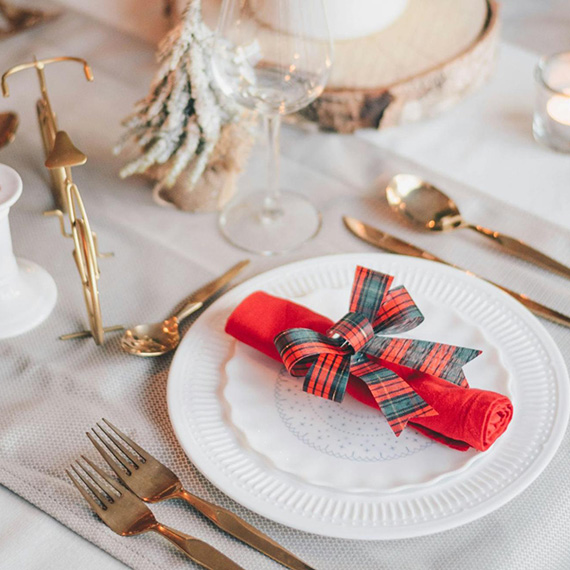
Warm, fragrant, and deeply comforting, Chef Beth’s Southern Sausage & Sage Stuffing is a holiday classic that brings together rich pork sausage, fresh herbs, and toasted bread for the ultimate savory side dish. Studded with green apples and aromatic vegeta...
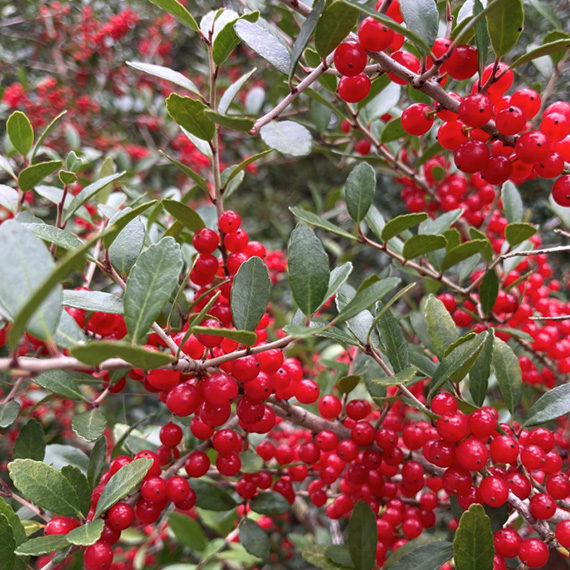
As December settles over Palmetto Bluff, it brings softer light, cooler mornings, and the natural beauty of native evergreens and winter berries that define the Lowcountry landscape. Palmetto Bluff Conservancy’s Education and Outreach Manager, Aaron Palmier...
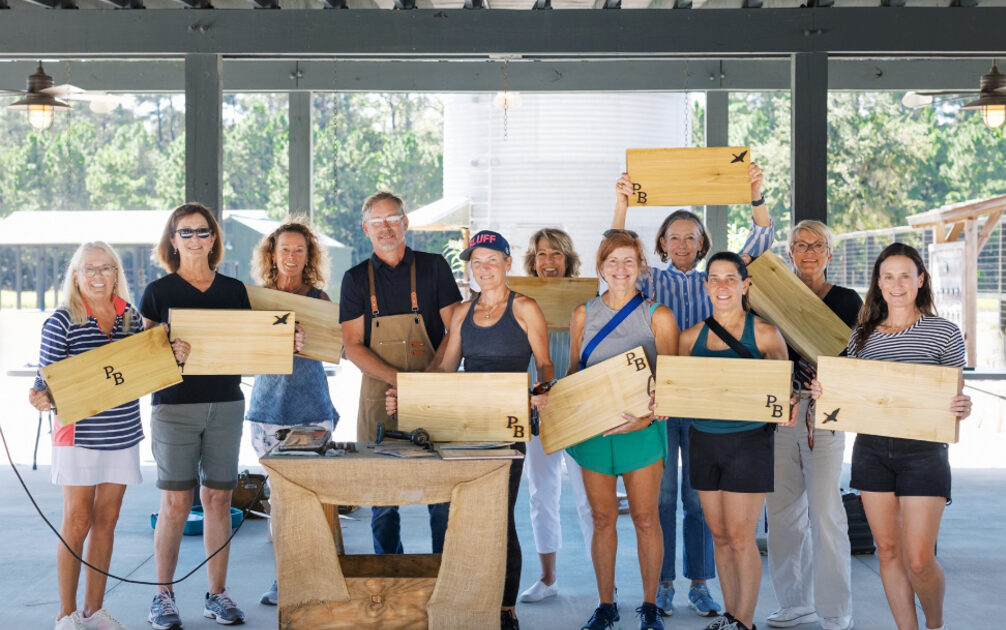
In 2025, Palmetto Bluff welcomed new neighbors and old friends, groundbreakings, and long-awaited openings. From inspired Club gatherings and elevated programming to the creation of our latest golf course, the year was defined by connection and excitement for ...
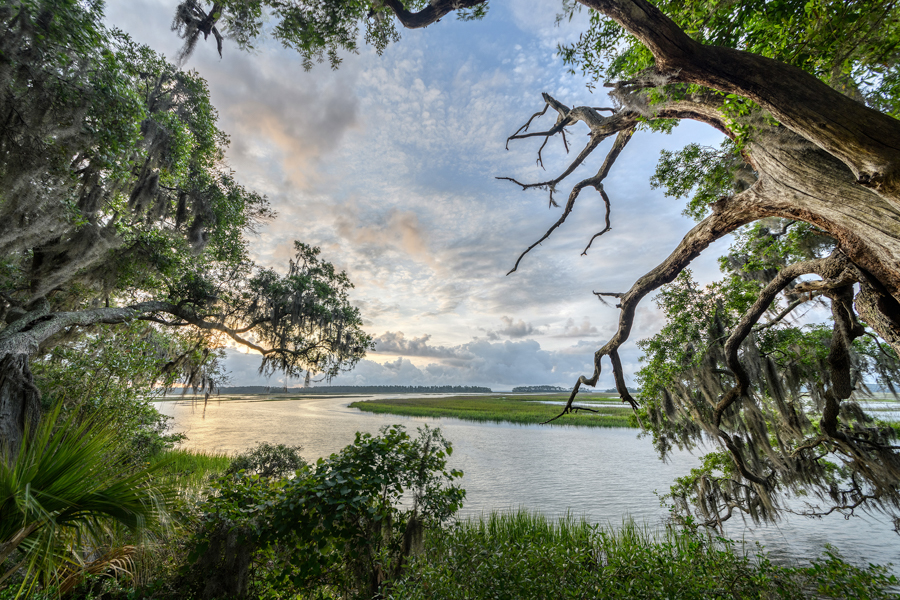
There is something serene about waking up to shimmering water, the stillness of the woods, or the sweep of marsh and sky right outside your window. Even without stepping outside, science shows that simply seeing nature from home can meaningfully improve mental...
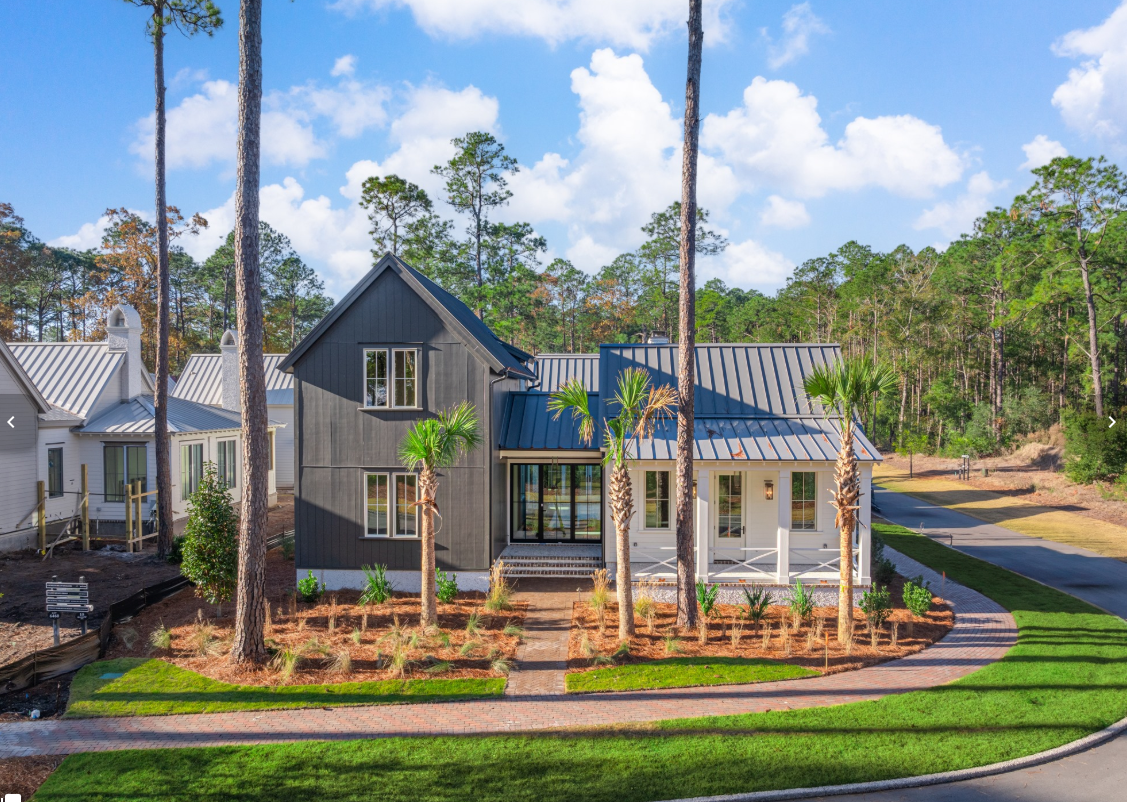
The Ultimate Choice: Building vs Buying a Home in Palmetto Bluff For those searching for Palmetto Bluff homes for sale, this common question often arises: Should you choose an existing residence, or embrace the opportunity to build your own? While a complet...
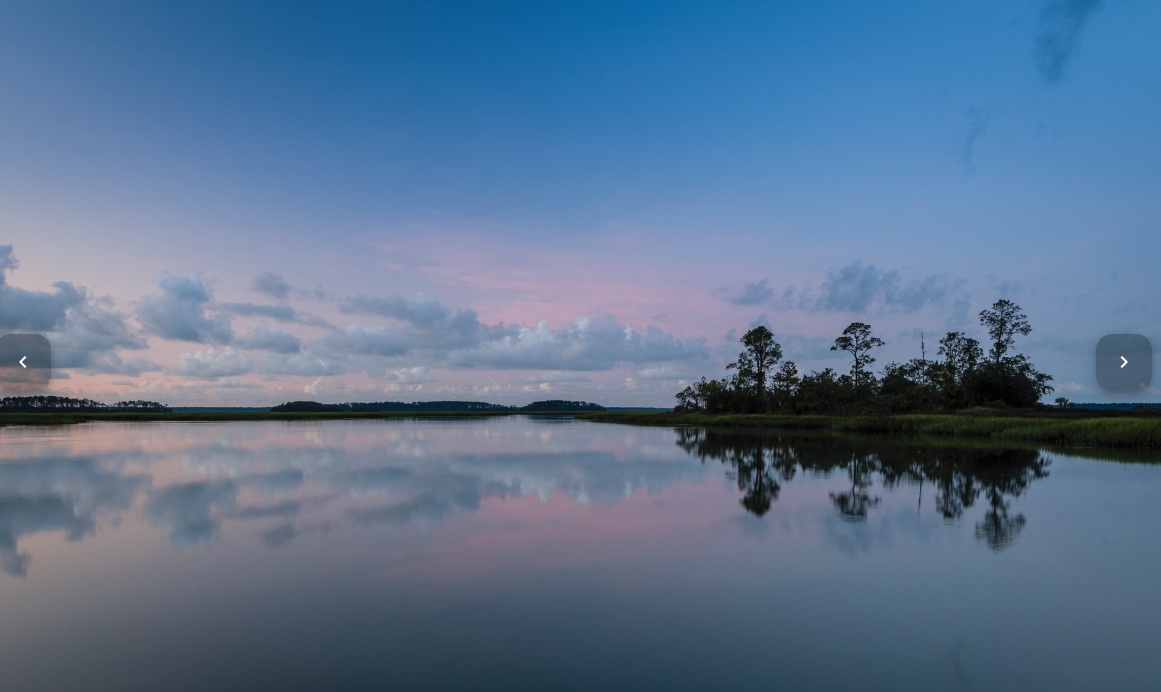
A Complete Guide to South Carolina Winter at Palmetto Bluff South Carolina's winter is unlike any other on the East Coast. While many travelers search for “South Carolina winter” expecting cooler temperatures and limited outdoor options, the Lowcountry revea...
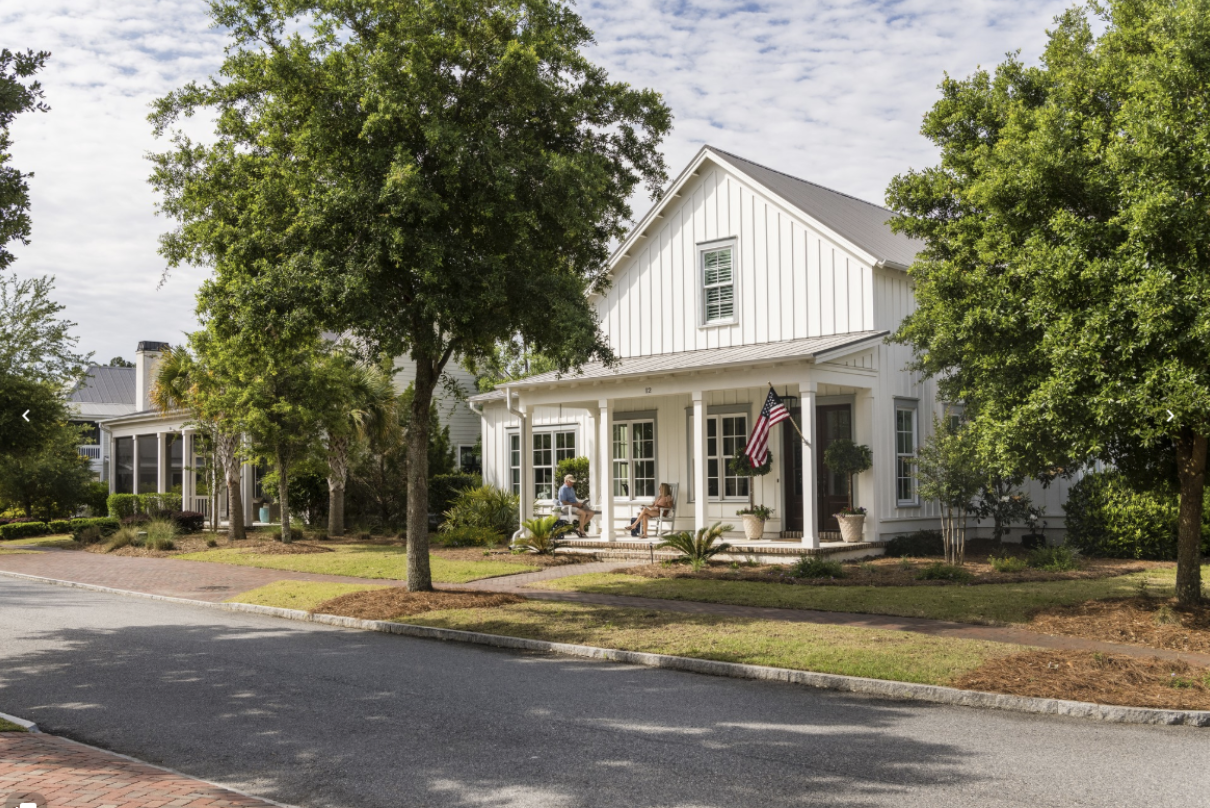
River Road: Where Lowcountry Beauty Meets Elevated Everyday Living Tucked gracefully between Wilson Village and Moreland Village, River Road is one of Palmetto Bluff’s most immersive communities. It's where the pace of life seems to soften, classic Southern ...
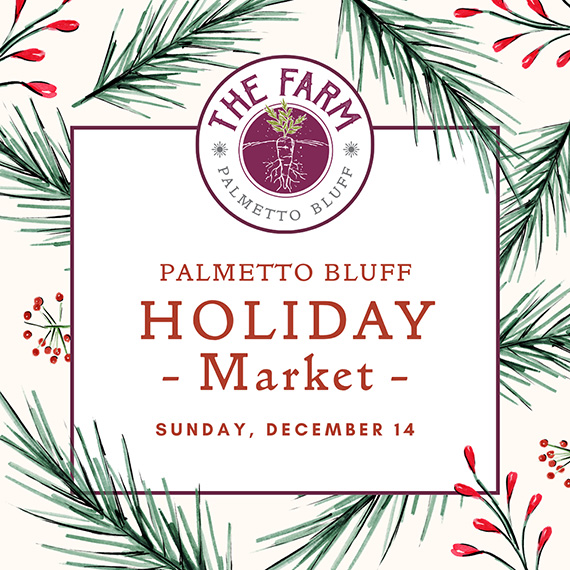
Sunday, December 14 | 9am to 1pmVillage GreenThe season’s most festive farmers market, the Holiday Farmers Market, comes to Wilson Village on Sunday, December 14, from 9am to 1pm. All are welcome to visit and experience the magic of holidays at the Bluff. The ...

Tucked amid whispering pines and overlooking a tranquil water trail, 11 Lyonia Street is where Lowcountry charm meets modern artistry. The newly built residence redefines Southern living with a balance of craftsmanship and calm. This is a home that feels both ...
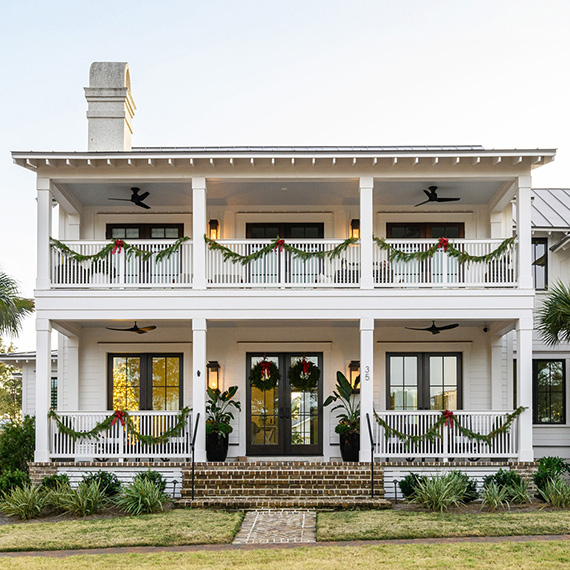
The holiday season in the Lowcountry brings crisp air, oaks draped in twinkling lights, and laughter drifting from homes where families and friends gather once again. At Palmetto Bluff, the holidays are more than just a season; they’re a feeling of togethernes...
Learn about the Palmetto Bluff Conservancy and how we keep the vision of our land in place.
On land or water, there is an ever-evolving variety of activities.
We do not attempt to independently verify the currency, completeness, accuracy or authenticity of the data contained herein. All area measurements and calculations are approximate and should be independently verified. Data may be subject to transcription and transmission errors. Accordingly, the data is provided on an “as is” “as available” basis only and may not reflect all real estate activity in the market”. © [2023] REsides, Inc. All rights reserved. Certain information contained herein is derived from information, which is the licensed property of, and copyrighted by, REsides, Inc.